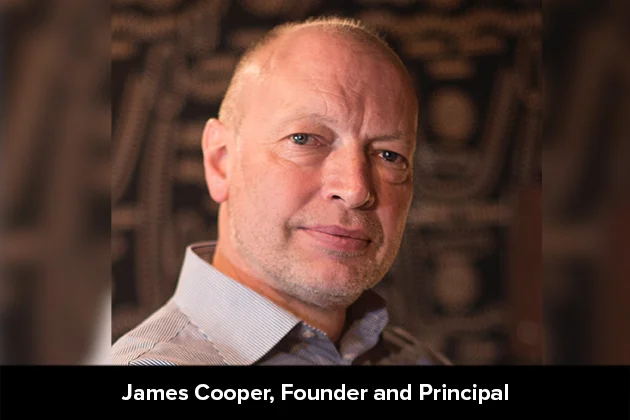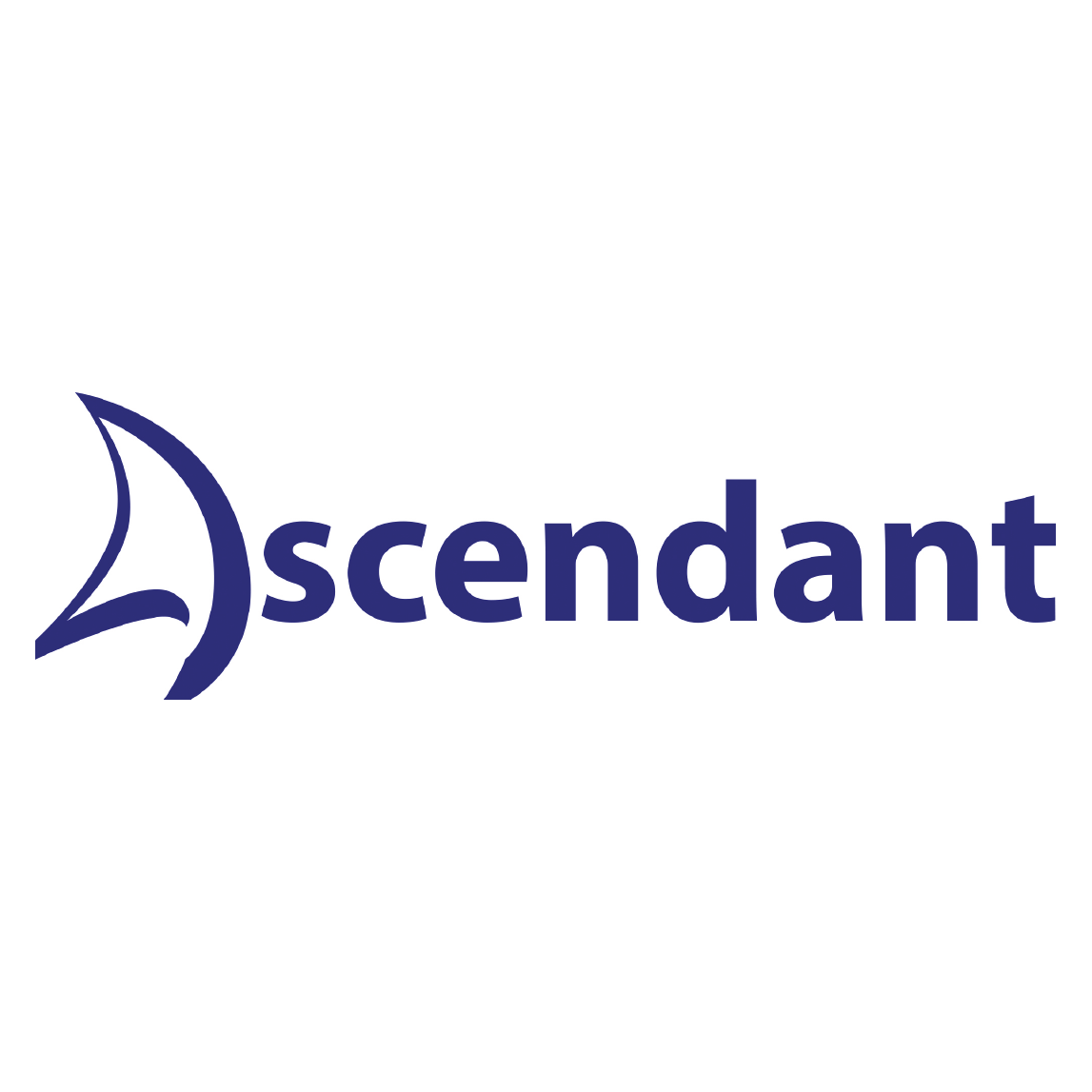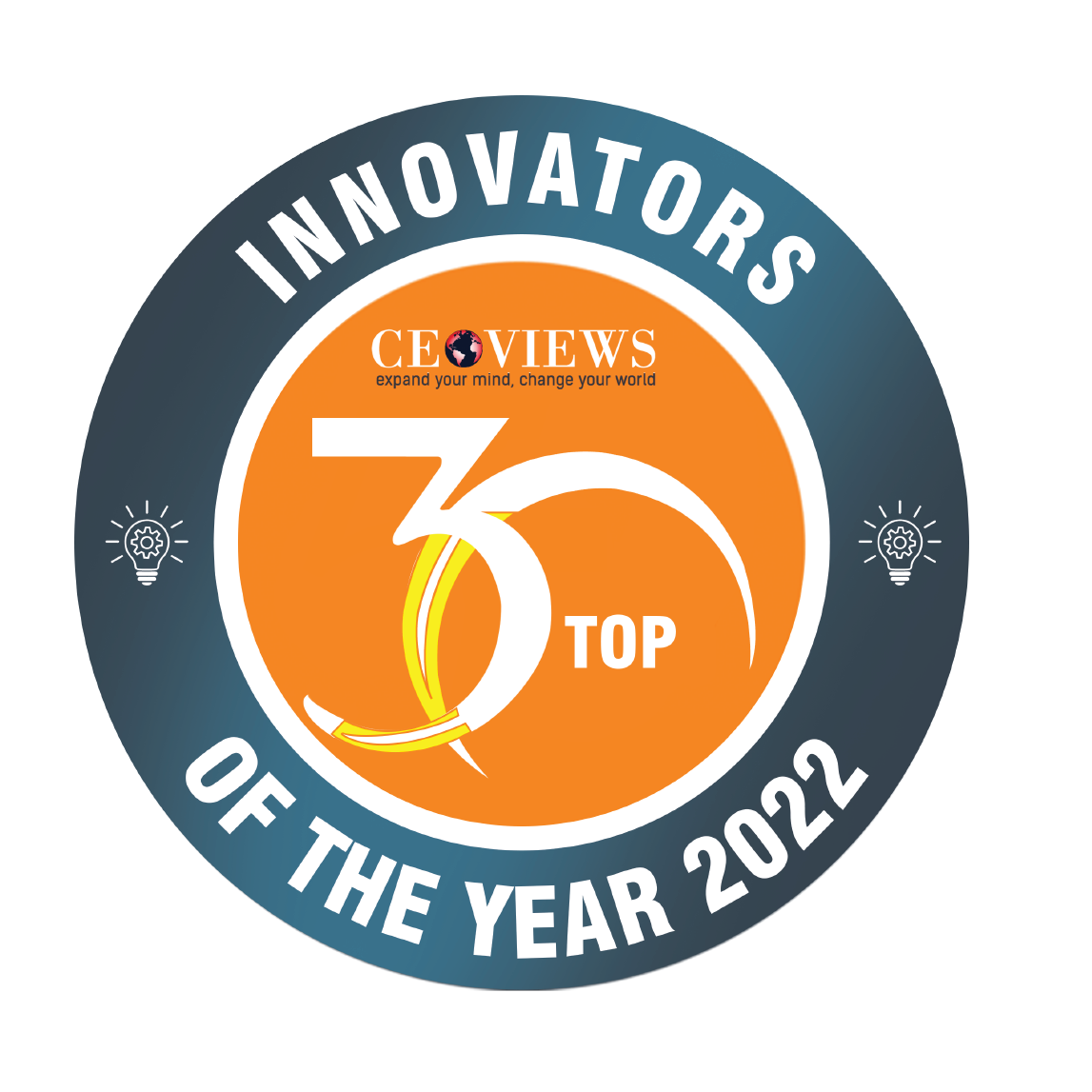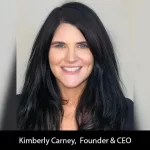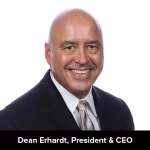Public Relations is an essential component of any business, regardless of its size or industry. PR is critical to successfully build- ing and maintaining, a positive public perception of any business. Additionally, it aids in controlling any bad press that businesses may encounter.
Ascendant Communications is one such organization that is helping B2B firms selling technology and services in the European market talk the language of business to their customers.
It is the most cost-effective way of controlling the message and telling a large audience about your product or service and, more importantly, where they can go to buy your product or service. This type of managed exposure is what helps companies to grow. But how to actually put PR into practice to use it in sync with your marketing efforts? This is where PR agencies come in the picture. Their years of experience working in this industry helps brands take advantage of and manage their reputation.
Ascendant Communications is one such organization that is helping B2B firms selling technology and services in the European market talk the language of business to their customers. James Cooper, Founder and Principal of Ascendant Communications, was recently with the CEOViews team to share the story of how he and his team are helping businesses with PR activities.
Story of inception & Mission
Having worked for a large Omnicom agency and then in-house for US start-up tech companies in the late Nineties and Noughties, James realized that vendors and PR firms fundamentally misunderstand what the other wants. Vendors are looking for brand recognition to help support sales and drive revenue, whereas PR firms often drink their own Kool-aid and think that vendors are only paying for creativity, press clippings, and stylish offices.
He invariably felt that his center of gravity was much more on the pragmatic client side of this equation, and the more he looked at it, the more he realized how wrong the approach that most agencies took was. Clients are looking for seasoned consultants that can offer advice and strategic input and that ‘feel their pain.’ But the reality is that most PR firms shut such senior people away from the client and instead focus them on managing mostly less experienced staff, who are the ones that the clients interact with. This latter disconnect really stood out for him, especially when managing PR agencies in-house.
Delivering results
Ascendant is known to deliver the results that clients expect, and they have been consistent with this. They have a well-developed model for helping clients develop the right messaging. This is the cornerstone of all their communications with their clients. By basing what we do on this model, they ensure that clients get the right message to the right audiences for the desired results.
Their unique approach, which took years to craft and master, has made this possible. Speaking about how the innovative strategies have helped them and their clients James said, “Innovation is really about thinking outside of the box and offering clients services and solutions that meet their needs, and often in ways they do not expect. By understanding your clients better, you get to realize the kinds of solutions that they need, and these are often not out of the box but are more custom-made to meet their unique requirements.”
The overall strategy for all clients operates both online and offline simultaneously. Ascendant a tech-focused agency, and their clients expect to be seen in the media outlets that are most relevant to their audiences, regardless of whether they are digital or print. What this means in practical terms is that they have to be proactive, quick to respond to opportunities, and able to work in a fast-evolving environment.
Standing out from the competition
The industry that Ascendant operates in is very competitive, and success here depends on what extra you do for your clients. They use a range of specialist solutions that automate coverage tracking, journalist requests, media information, and news dissemination. Social channels also help them to do far deeper research on what reporters think, what matters to them, and how they connect with the people and companies they are writing about. This means that their pitching is more targeted and relevant, which helps in producing better results.
The overall strategy for all clients operates both online and offline simultaneously.
Adding more to it, James said, “As we said above, our differentiator is the expertise and experience of our team. We don’t have junior account executives, so our clients benefit from senior advisers who relish every level of the PR function, whether it’s devising strategy, hosting media interviews, writing informed, inspiring articles, or keeping them up to date with succinct reporting.”
Challenges
Challenges are an integral part of the business. There isn’t any organization that has survived without going through a tough phase. Speaking about the same, James said, “There’s no ‘one-size-fits-all’ in a good client/agency relationship. Every program should start with the agency listening and absorbing the key challenges and key objectives. Setting achievable targets that can mitigate problems or set the record straight or highlight great achievements is all part of the initial discussion. Then the agency is informed enough to represent the client to the outside world, deal with incoming queries knowledgeably, and focus on the positives.”
Future trends
In a world that is constantly changing, keeping up with the trends in the market becomes essential. James feels that the trends are toward existing technologies being utilized more. For example, social media will continue to grow in importance as a channel of influence. If brands build social or online communities, these can be enhanced through PR to build long-term and deep customer loyalty. AI is also being increasingly used in PR, primarily to filter through news feeds to get to the most important information;
James iterates that PR is a professional skill that can change the fortunes and reputations of people, companies, and brands. His suggestion for fellow peers in this industry was to listen closely to what clients are telling you and immerse yourself in their business. But perhaps most importantly, understand the media landscape. A keen interest in what journalists across all mediums are writing about is essential if you want your pitch to be heard.



